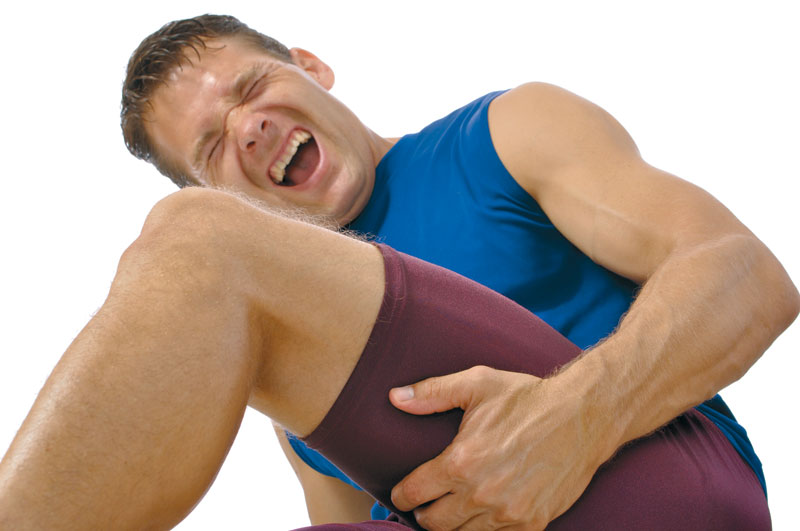For anyone whose goal is to be fit, whether he is an amateur or competitor in bodybuilding, it is worrisome that chronic inflammation slows down the metabolic processes that are crucial to the building quality muscle mass and reduction of body fat.
But, let us turn to “healthy” acute inflammation. Let’s see what actually happening during inflammation. Therefore, during intense training comes to micropitting in the structure of muscle fibers. The body therefore reacts multitude of simultaneous and complicated biochemical processes activate various hormones and immunological factors. First, we have an increasing of the blood flow around the damaged muscle. Then also increases the permeability of the blood vessels of the area that allows inflammatory cells coming into the sore area.

For the acute phase is the most significant next stage, and it is the accumulation of cells called macrophages around the damaged muscle fibers. These cells are scavengers and their task is to remove damaged tissue. There is another interesting fact related to macrophages. Specifically, macrophages increase the concentration of nitric oxide (NO) which results in vasodilation, which means an increased flow of substances that are involved in building and regeneration of muscle. Thus macrophages or indirectly involved in the process of muscle growth.
When the cleaners did their part, then follows mobilizing the so-called satellite cells. These cells are normally dormant, or do not perform any function. However, inflammatory processes are activated and they receive the features of muscle cells. There is also evidence that they fuse with existing muscle fibers and thereby allow muscle growth.
The described sequence of events is desirable and it is usual in acute inflammation. However, we have a completely different scenario, when the larger muscle is damaged and exceeding the limits required micro trauma to the muscle increased. Then the satellite cells can “patch” such a large defect (rupture), but instead to place injuries, there come connective tissue cells. Since the binder has the ability as a muscle contraction, the muscle part of that time no longer participate in the work, and as a result we have a reduced muscle function.
In addition to these cells that are part of the immune component of inflammation, acute inflammation leads to an imbalance of calcium ions, increased concentrations of certain inflammatory compounds (cytokines) and increased production of free radicals.